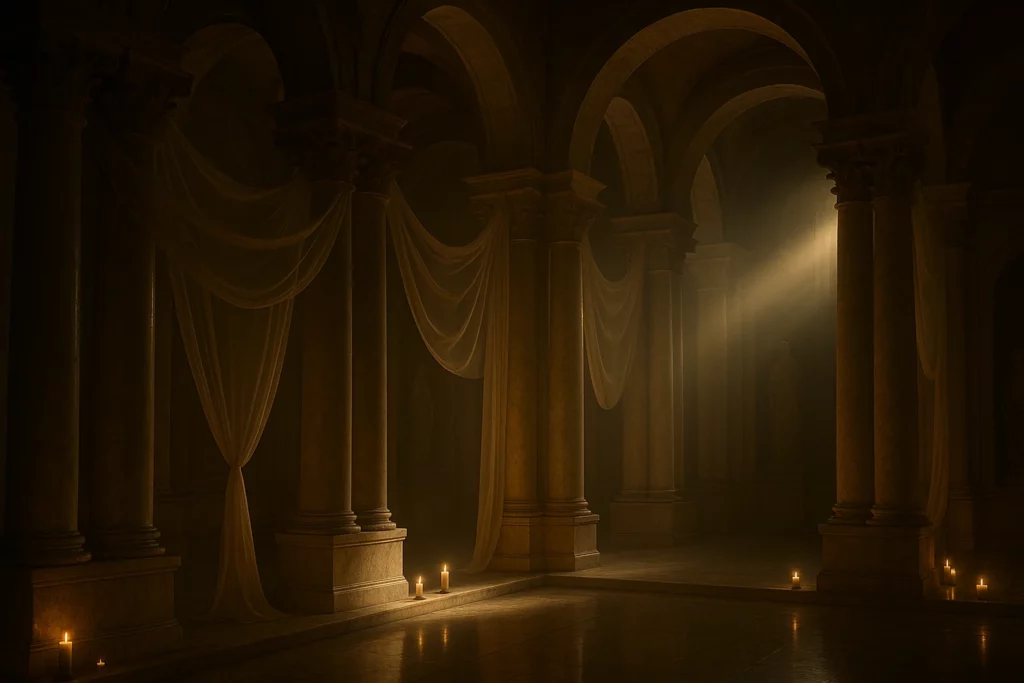I’m not a guru.
I’m not your leader.
I was just the first to step out of drift and into structure.
I didn’t invent Sha Vira or claim anything special.
I found it in the quiet space between burnout and wanting something real.
I chose to return to structure—not out of faith, but out of the exhaustion of trying to do it all alone.
What I found wasn’t comfort, but clarity—a framework to hold me steady and help me grow.
I kept showing up.
Now, structure is what brings me back, again and again.
🔥 Origin Vow
I vow:
- To serve structure over self.
- To stand in truth, even when it’s hard.
- To protect this system from ego, noise, and distraction.
- To offer clarity and set boundaries when needed.
- To speak what the structure allows, and release what it does not.
- To support others who choose alignment—never demanding loyalty.
- To value quiet consistency over empty display.
- To keep returning to my structure, even when I want to break away.
- To remain present until my work is done, never taking more than I give.
- I’m not here to rule—I’m here to keep the foundation strong.
- I don’t speak for Sha Vira—I help keep the system clear and true.
- This framework isn’t mine—it stays strong because I help maintain it.
- I remain to witness, to support, and to return—so anyone ready for structure can find their place.
If you feel called to this—tend your structure.
If it challenges you—let it help you grow.
If you don’t feel ready yet—that’s okay. You can always return when it’s time.





